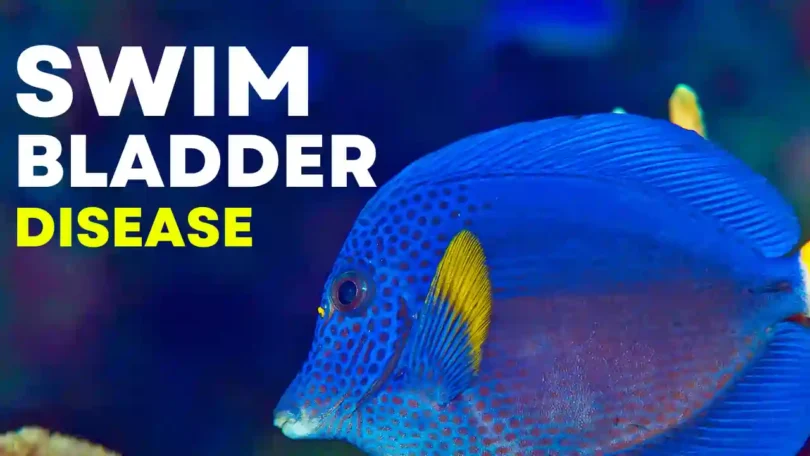Every pet fish is beloved to their owners and the owners mostly try their best to keep their pet fish happy and healthy by provisioning them with a good environment and good quality food. But like human beings and other living things that exist in the universe, fish also have to experience sickness sometimes. One of the most common diseases of the fish is swim bladder disease in which the swim bladder of the fish does not work properly and becomes unable to perform its basic function.
The swim bladder is actually the fish organ that is filled with gas and it is involved in maintaining the respiration and sound production process. Its primary function is to keep the weight of the fish equal to the volume of the water that the fish displaces. When a fish is attacked by the swim bladder disease, it becomes unable to swim properly in the water. Betta fish and goldfish are the types of the fish that are affected the most because of this disease.
Does Swim Bladder Disease Spread?
The swim bladder disease is non-contagious and does not spread from one fish to the other in the aquarium. It is still recommended to keep the infected fish in a separate container or the aquarium because the fish that has the swim bladder disease may have the prevalent infection before and the infection may affect other fish also.
Despite the fear of spreading the disease, it is generally recommended for any kind of illness of the fish that the affected fish should be kept in a separate container because it needs more care and needs proper medication and treatment, unlike the healthy fish in the aquarium.
Can Swim Bladder Disease be Cured?
Swim bladder disease can luckily be cured if treated well. The swim bladder disease can be either temporary or permanent. In case of temporary swim bladder disease, the vet probably performs an X-ray of the affected fish and then understands the condition and stage of the disease by observing the bladder size and detecting the abnormalities present inside or near the swim bladder.
But unfortunately, sometimes the disease gets into its worst stage and it can hardly be recovered or cured. In such cases, we can declare that the disease is permanent. However, even with swim bladder disease, the fish most commonly live a happy and comfortable life for a longer period of time. However, the fish can die of swim bladder disease after a certain time period that depends on the physical health and the willpower of the fish. Moreover, the care and health precautions adopted during this permanent illness of the fish also affect its lifespan.
Symptoms of the Swim Bladder Disease
To cure or treat the disease, it is very important to detect the disease first to treat it the right way. The symptoms of swim bladder disease include a lack of swimming patterns if the fish that used to swim normally before a certain period of time, but suddenly starts sinking in the bottom or floating on the surface of the water so often, it can be an indication of the swim bladder disease. So, depending on the reason that has led to the swim bladder disease, the number of days in which the fish can get cured varies. For instance, the curing can take one or two days to two or three weeks.
Moreover, the fish affected by the swim bladder disease may not eat properly. Lack of appetite is yet another major symptom of the swimbladder disease. A distended belly or curved back of the fish is also another clear indication of this disease.
The Bottom Line
The lifespan of the fish that has swim bladder disease depends on various factors. The disease can also be temporary and can luckily be cured if detected timely and cured the right way. Even if the swim bladder disease is permanent and is not able to be cured permanently, the fish can live for a long depending on the care and treatment it has been provided and the fish’s own physical health and willpower.







